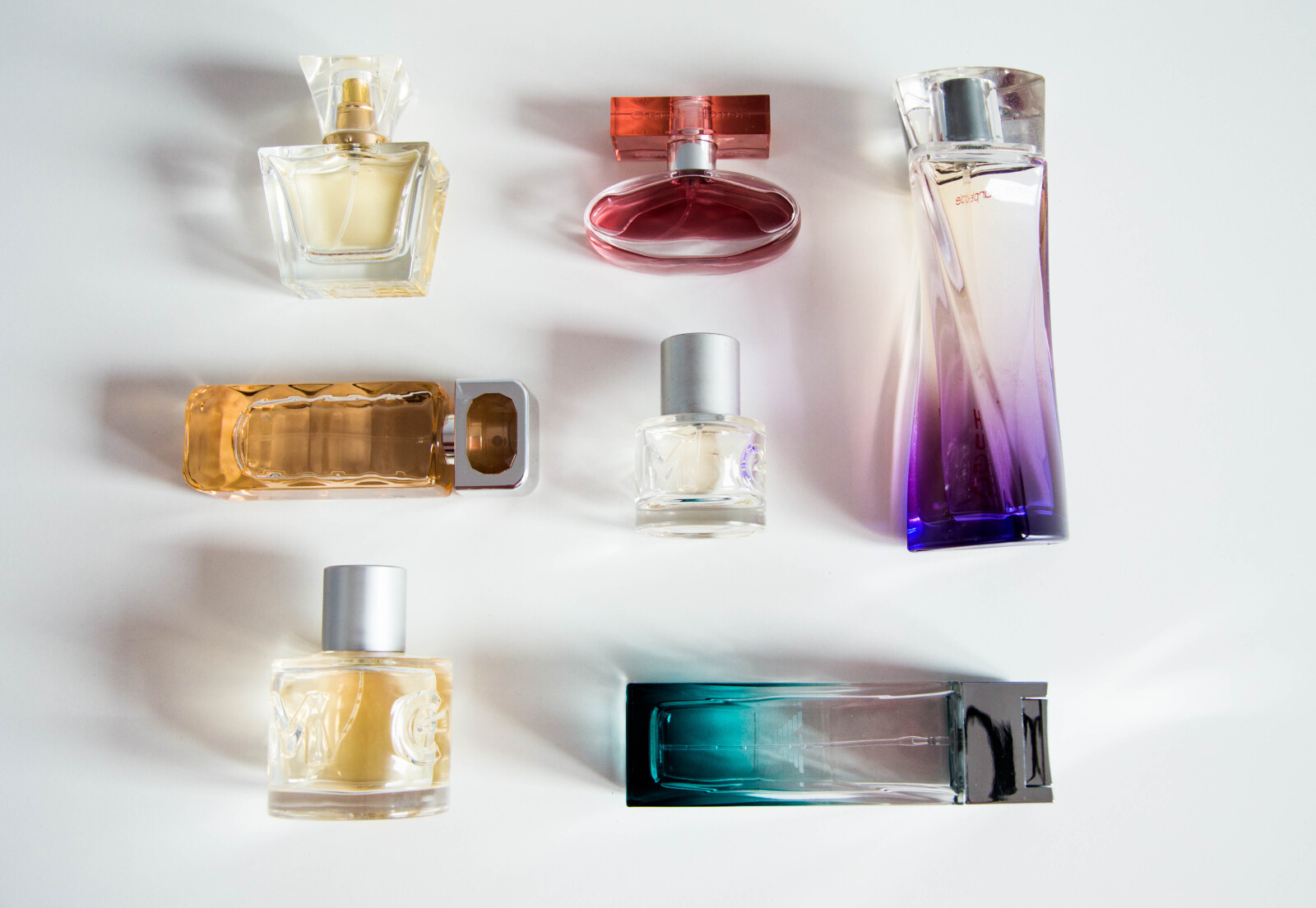6 Tips for Proving a Product Liability Claim: Collect the Right Evidence
Navigating the labyrinthine process of a product liability claim can be a daunting endeavor. This article elucidates six key strategies to successfully prove such a claim.

- Immediate medical attention: Seeking prompt medical attention is crucial after an incident related to product liability. Not only does it ensure your well-being, but it also establishes a record of your injuries and their connection to the defective product.
- Comprehensive record-keeping: Keeping detailed records of everything related to the incident is essential. This includes medical records, photographs of injuries or damages, receipts for medical expenses, and any communication with the company or insurance adjusters.
- Effective collection of evidence: Gathering evidence to support your claim is vital. This can include preserving the defective product, documenting the scene of the incident, and obtaining witness statements. The more evidence you have, the stronger your case becomes.
- Judicious interaction with insurance adjusters: When dealing with insurance adjusters, it's important to be cautious and strategic. Avoid providing recorded statements without legal counsel present, and be mindful of any settlement offers that may not adequately compensate you for your damages.
- Potential benefits of legal counsel: In severe cases, seeking the assistance of a product liability lawyer can be highly beneficial. They have the expertise to navigate the legal complexities, negotiate with insurance companies, and advocate for your rights.
These insights aim to demystify the process and facilitate a fair, successful resolution of product liability claims.
Key Takeaways
- Seek immediate medical attention and establish a clear connection between your injuries and the defective product.
- Keep a detailed record of all events and communications related to the injury claim to strengthen your case.
- Gather evidence of product liability, including the defective product, packaging, medical records, and photographs.
- Be cautious of what you say to the adjuster representing the manufacturer or insurance company and maintain composure during negotiations.
Understanding the Basics of a Product Liability Claim
Understanding the basics of a product liability claim entails the claimant to promptly seek medical attention, meticulously record all pertinent information, and gather comprehensive evidence to establish a direct causation between the defective product and the sustained injuries.
Among the initial steps to take after sustaining injuries from a defective product are seeking immediate medical help, preserving the defective product, and documenting every detail related to the product and the injury.
Furthermore, common mistakes to avoid when proving a product liability claim include neglecting to document all associated costs, failing to adhere to medical recommendations, and mishandling communications with manufacturers or insurance adjusters.
Ensuring thoroughness in these procedures significantly enhances the strength of a product liability claim.
Identifying Different Types of Product Defects
Identification of various types of product defects plays a crucial role in the successful resolution of a product liability lawsuit. In the realm of product liability law, defects typically fall into three categories: design defects, manufacturing defects, and marketing defects.
Common examples of design defects include structural flaws that render a product inherently dangerous or unfit for its intended use, regardless of the care taken during manufacturing.
On the other hand, manufacturing defects occur when a product deviates from its intended design due to errors in the production process. Examples include the use of substandard materials or assembly errors.
Differentiating between these types of defects is essential in determining the responsible party and direction of a product liability claim.
Essential First Steps in a Product Liability Claim
Initiating a case for injuries caused by a defective item necessitates immediate medical attention and thorough documentation of all relevant details related to the injury. Seeking compensation requires a clear link between the injury and the defective product. This connection is often established through comprehensive medical records.
It is essential to note the details of the product, including its purchase and the circumstances of the injury. All communication with the manufacturer or insurance company must be documented. Subsequent medical appointments should be attended and recommendations followed. Non-compliance could potentially weaken the claim.
It is also critical to preserve the defective product and any packaging. This evidence, combined with meticulous record keeping, can significantly bolster a product liability claim for compensation.
Documenting Events for a Product Liability Claim
Thorough documentation of all events related to a defective item injury is a pivotal aspect in the pursuit of compensation under personal injury law.
- Importance of Medical Records:
- Medical records serve as indisputable evidence of the extent of injuries sustained and treatments administered.
- They establish a direct link between the defective item and the injury, vital for proving liability.
- How to Preserve Evidence:
- Preserving the defective item and its packaging is crucial as they can substantiate claims of defectiveness.
- It is advisable to avoid tampering with the item to maintain its authenticity as evidence.
This meticulous approach aids in constructing a compelling narrative, significantly enhancing the chances of a successful claim.
Guidance for Interacting With Insurance Adjusters
Interactions with insurance adjusters during a personal injury case require strategic communication. These professionals are trained to minimize the company's payout. In handling adjuster interviews, it is crucial to provide limited information and avoid voluntary disclosure of confidential data.
Recorded statements should be approached with caution as they can be utilized against claimants. When protecting your rights during negotiations, maintaining emotional control is of paramount importance. Adjusters may employ various negotiation styles designed to elicit compromising information. Therefore, it is crucial to remain composed, articulate, and organized, steering clear of emotional outbursts.
The ultimate goal is to secure a fair settlement offer, and this necessitates strategic interaction with insurance adjusters.
Seeking Legal Assistance and Determining Claim Worth
Securing professional legal counsel and accurately evaluating the worth of an injury claim are instrumental steps in the process of pursuing personal injury compensation.
Legal representation
Consultation with a product liability lawyer is recommended. Legal counsel can offer guidance during negotiations, helping to craft a fair settlement offer. For severe injuries or wrongful death cases, experienced attorneys are essential.
Evaluating compensation
A free case review from an attorney can aid in determining claim worth. Consideration of the type of accident and if it resulted in physical injuries is necessary. Assessment of the need for medical treatment and time off work can influence the value of the claim.
Frequently Asked Questions
What Are Some Common Examples of Product Liability Cases?”
Common examples of product liability cases often involve defective medications and faulty electronics.
In the case of defective medications, the pharmaceutical company may be held liable for any adverse effects that were not disclosed to consumers.
Similarly, manufacturers of faulty electronics may be held accountable for any injuries or damages caused by their products, such as fires due to electrical malfunctions.
These cases hinge on proving that the product was indeed defective and directly caused harm to the user.
How Long Do I Have to File a Product Liability Claim After an Injury?”
The timeframe to file a product liability claim, known as the Statute of Limitations, varies based on jurisdiction. Typically, it ranges from one to four years from the date of injury. However, certain circumstances may extend or shorten these Claim Deadlines.
It is critical to consult with a legal professional promptly after an injury to ensure compliance with these deadlines and to effectively gather and preserve necessary evidence.
What Role Does the Consumer Product Safety Commission Play in Product Liability Claims?”
The Consumer Product Safety Commission (CPSC) plays a significant role in product liability claims. It exercises its authority by setting safety standards and regulations for consumer products.
The Commission investigates potential product hazards, mandates product recalls if necessary, and disseminates safety information to the public.
Its actions can provide crucial supporting evidence in product liability claims, substantiating the presence of a defect or the manufacturer's negligence.
Can a Product Liability Claim Still Be Successful if the Product Was Used Secondhand or Gifted?”
Product liability claims may still be successful if the product was used secondhand or gifted, depending on jurisdiction and specific circumstances. Secondhand safety standards and gifting liability issues come into play.
For instance, manufacturers could potentially be held liable if a product was inherently dangerous, regardless of its ownership history. However, proving liability may be more complex due to difficulties in tracking product history and demonstrating that no significant alterations were made post-purchase.
What Steps Should Be Taken if the Manufacturer or Company Refuses to Acknowledge the Defect in Their Product?”
When a manufacturer disregards a product defect, it is crucial to engage effective legal representation. Selection of a knowledgeable attorney who specializes in product liability cases can be instrumental in challenging the manufacturer's stance.
This legal professional can leverage liability insurance coverage laws to substantiate the claim. Furthermore, the attorney can present compelling evidence to prove the product's defectiveness, thereby countering manufacturer denial and potentially leading to compensation for the claimant.

This post has been generated by AI and was not reviewed by editors. This is Not legal advice. Please consult with an attorney.




